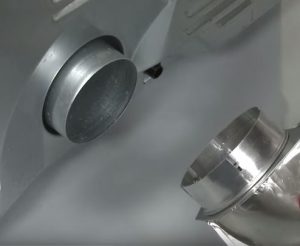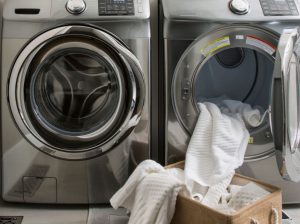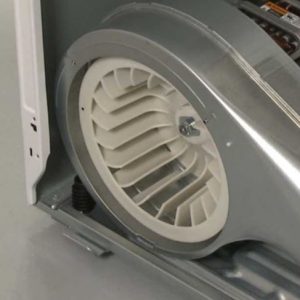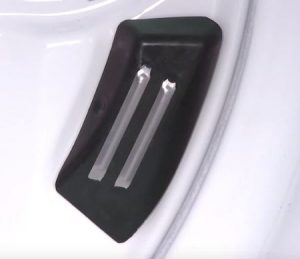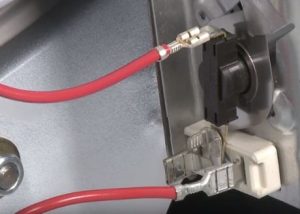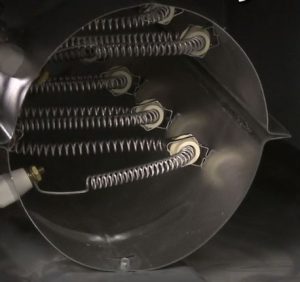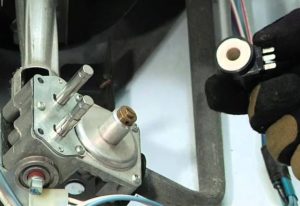Is your dryer taking too long to dry? Here is how to fix it.
An average load takes from 45 to 75 minutes. It could be more or less depending on type of fabric, size of the load, kind of the vent pipe or heat cycle selected. If you are frustrated with your dryer, which takes forever to dry your clothes, the good news is it might not even be broken. In most of the cases, it only requires a good cleaning. Unplug the dryer from the power supply before attempting any cleaning.
Follow these simple tips to get your dryer working properly:
-
Clean the lint filter
If the lint filter is full of lint, it will restrict airflow and lengthen drying time. To keep your dryer working properly, clean the lint filter after each load. From time to time, wash it with soapy water to remove fabric softener residue from the screen.
-
Check the air flow
A clog vent or blower housing will restrict airflow through the dryer. This can result in the dryer overheating, which will cause the high-limit thermostat to shut off the heating element. To improve airflow, you should clean out the vent at least once a year.
-
Sort your clothes before drying
Do not mix heavy, hard-to-dry items with lightweight articles.
-
Check the voltage
In case your dryer is on a 120-volt circuit instead of a 240-volt circuit, the drying time will be three times longer.
If you have cleaned and checked all the parts above, but your dryer still takes too long to dry your clothes, you might need to schedule a service appointment by calling (818) 600-2559.
Things that might be causing the issue:
-
Damaged blower wheel
The blower wheel on your dryer can become obstructed, damaged, or stripped. Try rotating the blower wheel by hand. If the drum does not rotate along with the wheel then the component has strip and will need to be replaced.
-
Malfunctioning moisture sensor
A moisture sensor monitors the dampness of the clothes and sends a signal to the control board when the clothes are dry, if the sensor is malfunctioning, the dryer might continue to run after the clothes have been dried or shut off too early
-
Faulty thermostat
The high limit thermostat located on the heating element monitors the dryer temperature and will shut the heating element off if the dryer overheats. The cycling thermostat normally located on the blower housing will cycle the heating element on and off to regulate the air temperature. If either of the thermostats fail, the heating element may shut off prematurely. You can use a multi-meter to test these thermostats for con annuity to determine if the component has failed or not.
-
Defective heating element
In electric dryers, the heating element warms the air before it enters the dryer drum. If the element is burned out or any part of the assembly is defective, the dryer will not heat properly. You can use a multi-meter to test the heating element for continuity, which will determine if there is a continuous electrical path present in the element. If the meter indicates no continuity, then the element will need to be replaced
-
Defective gas valve coils
In gas dryers, defective gas valve coils can create a symptom of taking too long to dry if they are intermittent. Check for proper flame ignition for the complete dry cycle to determine if this may be the cause.
It is not recommended to dry very large loads as it can increase drying time. The drum needs to be large enough to allow the load to tumble freely, with enough space left over for hot air to circulate.
Did you know that a new type of dryer has been developed by scientists at Oak Ridge National Laboratory in the US? The machine uses high-frequency sound waves instead of heat to dry laundry. It dries clothes in half the time of other dryers. You can read more about this technology here.


